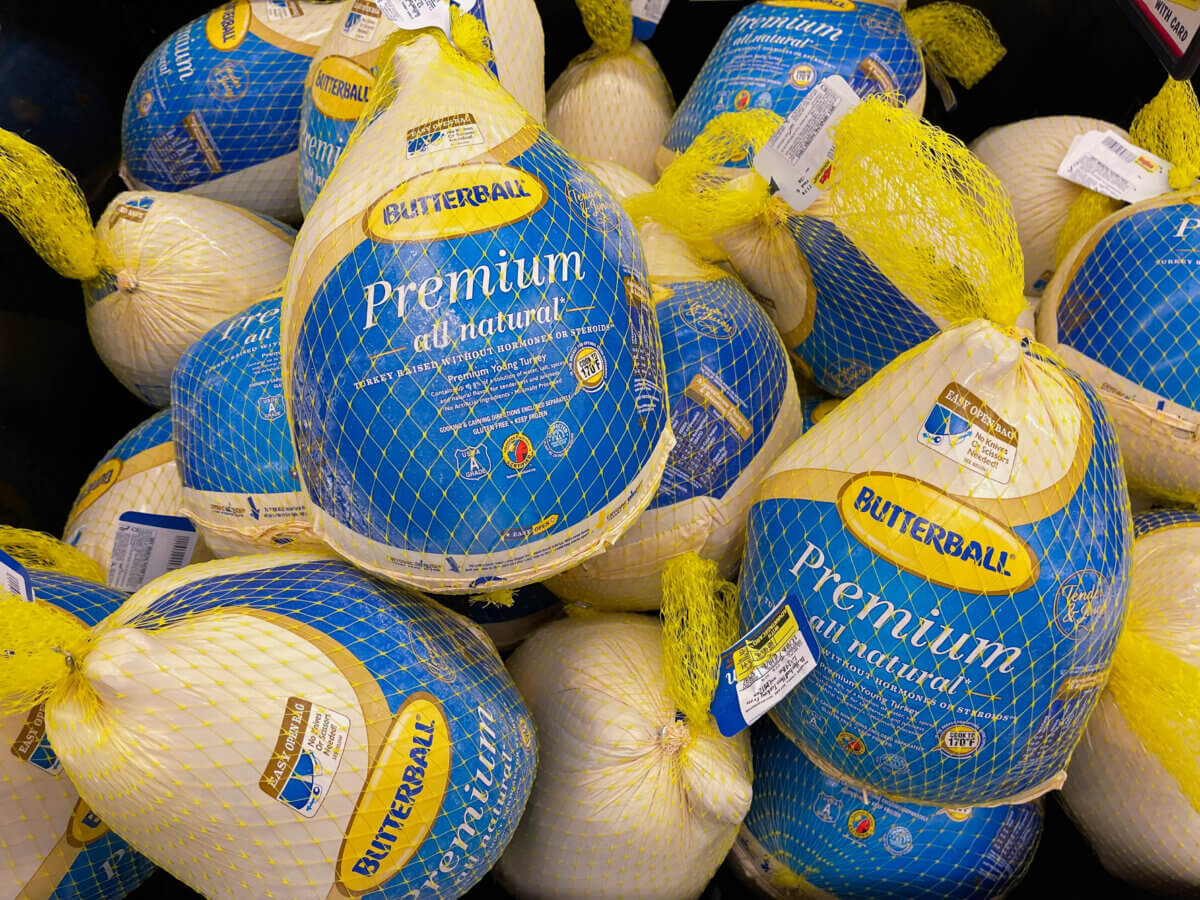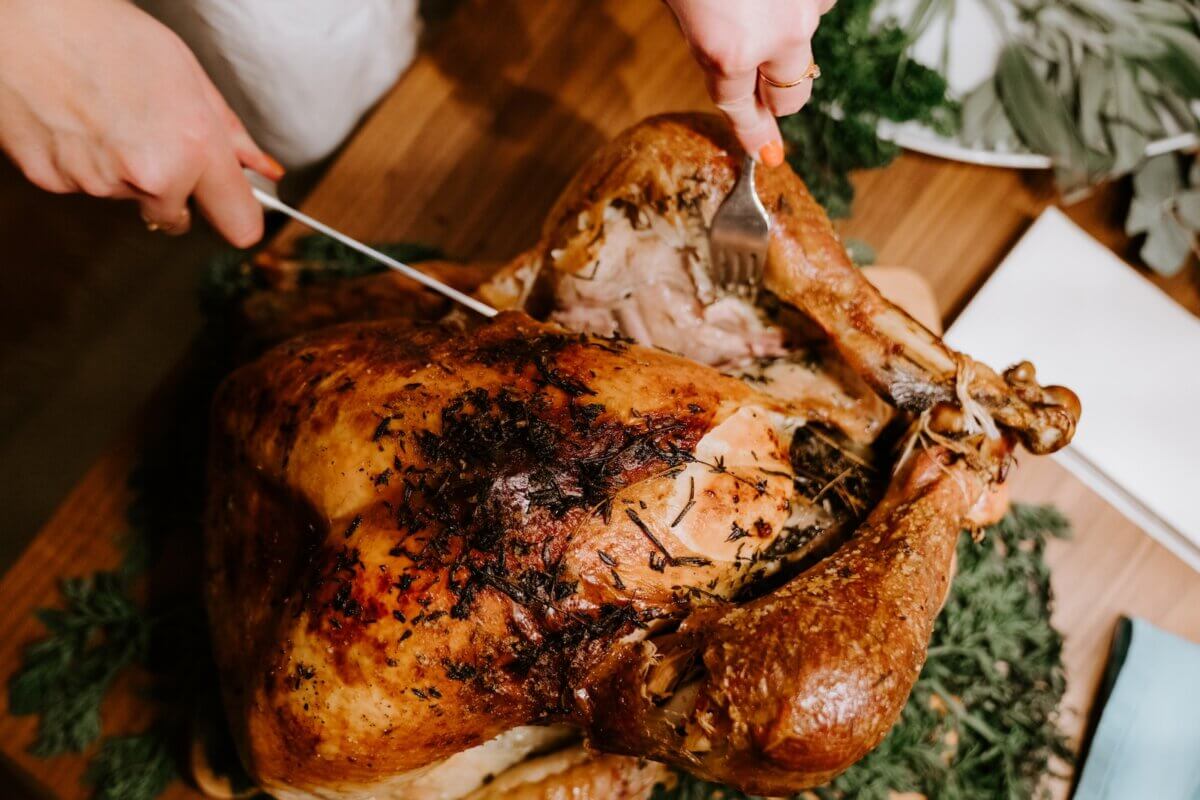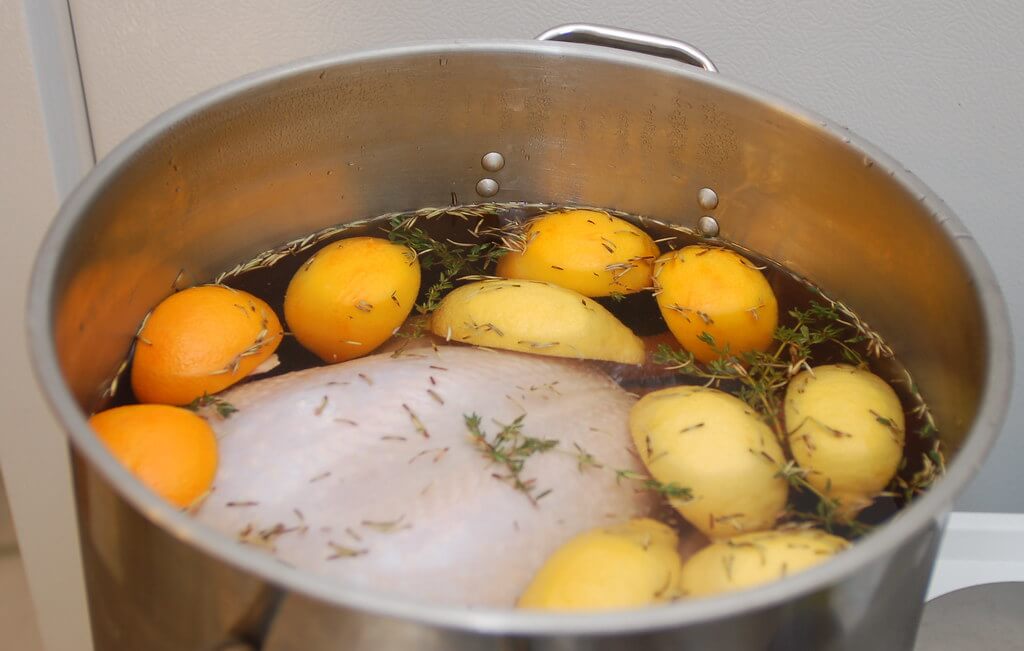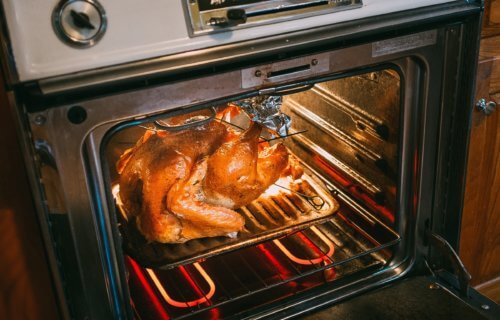Thanksgiving is fast approaching, and that means it’s time to talk turkey. For many families across America, that also means heading to the supermarket to pick up a frozen turkey. If you’re planning on preparing a frozen bird for your big feast, it’s important to avoid making a few common mistakes that could ruin your dinner’s main course.
To help you achieve a moist, flavorful, and crowd-pleasing turkey, here’s a guide to five common errors people make while cooking frozen turkeys:
1. Not defrosting the turkey properly
This is the most common mistake people make when cooking frozen turkeys. A frozen turkey can take up to 48 hours to defrost properly in the refrigerator. If you don’t defrost the turkey all the way, it won’t cook evenly and could be raw in the center. Two common methods for safe thawing include:
- Refrigerator Thawing: Place the frozen turkey in its original packaging on the bottom shelf of the refrigerator. Allow approximately 24 hours per 4-5 pounds of turkey.
- Cold Water Thawing: Submerge the wrapped turkey in cold water, changing the water every 30 minutes. This method is faster than refrigerator thawing, taking about 2 hours per 4-5 pounds of turkey.

2. Forgetting to remove the giblets
The giblets are the internal organs of the turkey, and they should be removed before cooking. Don’t worry. You don’t have to be an expert surgeon to accomplish this. With most frozen turkeys, the giblets will be inside a bag that is easy to spot inside the bird.
Carefully cut them out of the neck cavity and remove the neck. Locate the bag and remove the remaining giblets. Rinse the cavity with cold water and pat it dry with paper towels.
Although you don’t want to leave this bag inside the turkey when it goes in the oven, the organs can still be useful. They can be cooked separately and used to make gravy.
3. Not trussing the turkey
Trussing the turkey involves tying the legs together so that they cook evenly. If you don’t truss the turkey, it will be difficult to carve, and the legs may not cook evenly.
Tuck the turkey’s wings back under the body to prevent them from burning. Use kitchen twine to tie the legs together tightly at the ankles.

4. Not basting the turkey
Basting the turkey with butter or oil helps to keep it moist and prevent it from drying out. The basting liquid also coats the skin, creating a crispy texture and infusing the turkey with rich flavors.
It’s important to baste the turkey every 30 to 45 minutes or so while it’s in the oven. Use a baster or spoon to ladle melted butter or oil over the turkey, ensuring even coverage of the breast, legs, and wings.
5. Overcooking the turkey
An overcooked turkey will be dry and tough. Use a meat thermometer to check the temperature of the turkey.
Insert the thermometer into the thickest part of the thigh, avoiding the bone. The internal temperature should reach 165°F (74°C) for both the breast and thigh to ensure thorough cooking.
Bonus tips for cooking a moist and flavorful turkey:
Brine the turkey: Brining is the process of soaking the turkey in a saltwater solution. This helps to add flavor and moisture to the turkey.

Use a roasting rack: A roasting rack elevates the turkey so that it cooks evenly on all sides.
Stuff the turkey with aromatics: Aromatics such as onions, celery, and carrots can add flavor to the turkey.
Let the turkey rest after cooking: Let the turkey rest for at least 20 minutes after cooking. This will allow the juices to redistribute throughout the meat, resulting in a more moist and flavorful turkey.
By following these tips, you can ensure that your frozen turkey is cooked to perfection and that you have a delicious Thanksgiving meal.
You might also be interested in:
- Best Ways To Cook Turkey: Top 7 Methods Most Recommended By Experts
- Best Mail-Order Turkeys: Top 7 Birds Most Recommended By Foodies
- Best Turkey Fryers For 2023: Top 5 Products According To Experts
- Best U.S. Cities For Thanksgiving: Top 5 Holiday Destinations Most Recommended By Experts
- Best Meat Thermometers: Top 5 Kitchen Tools Recommended By Experts

